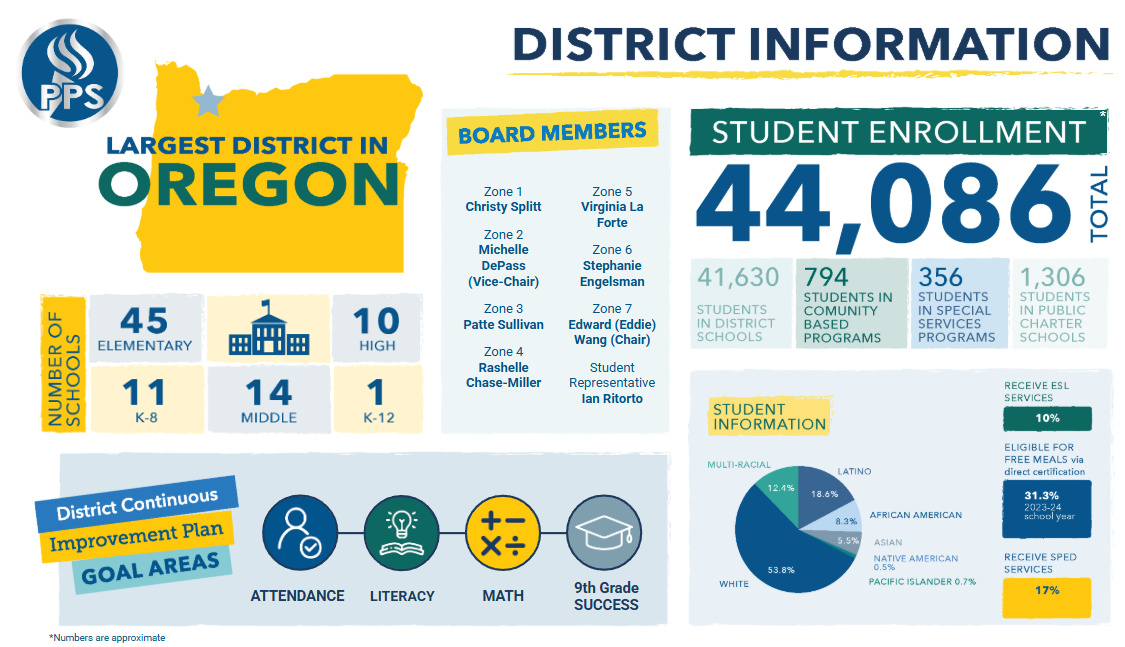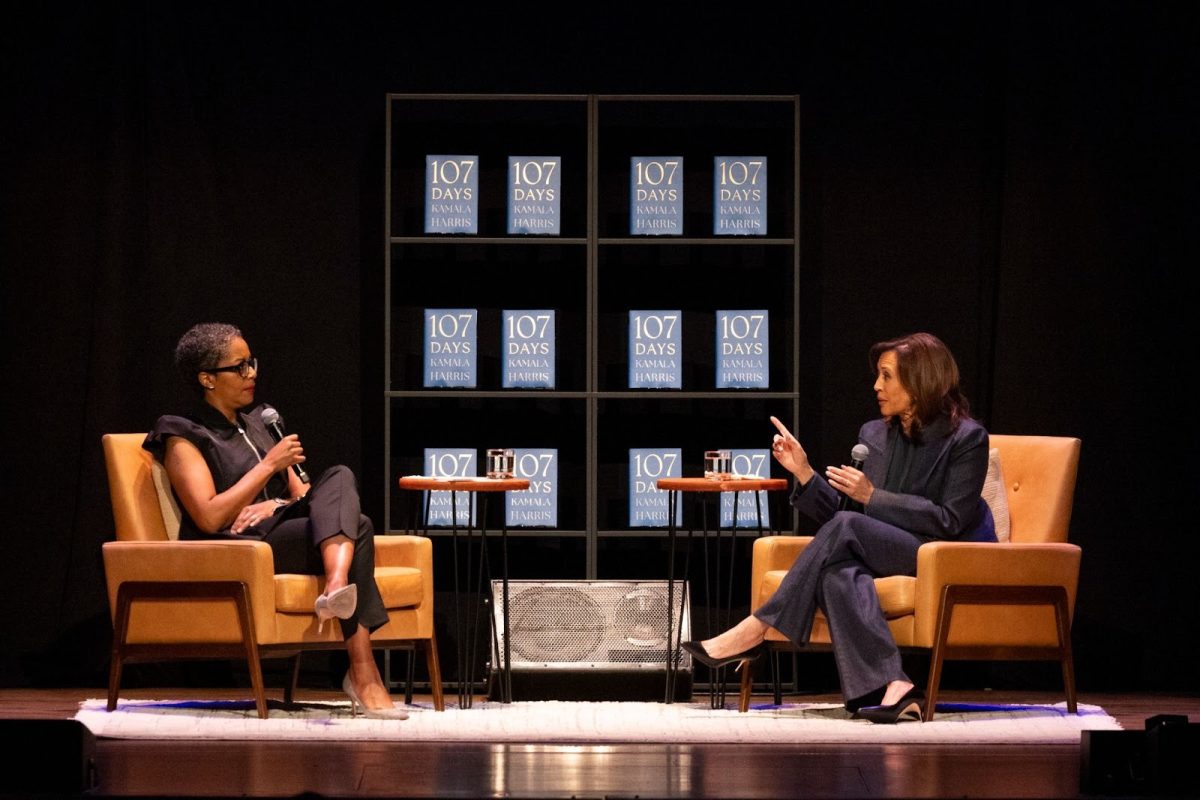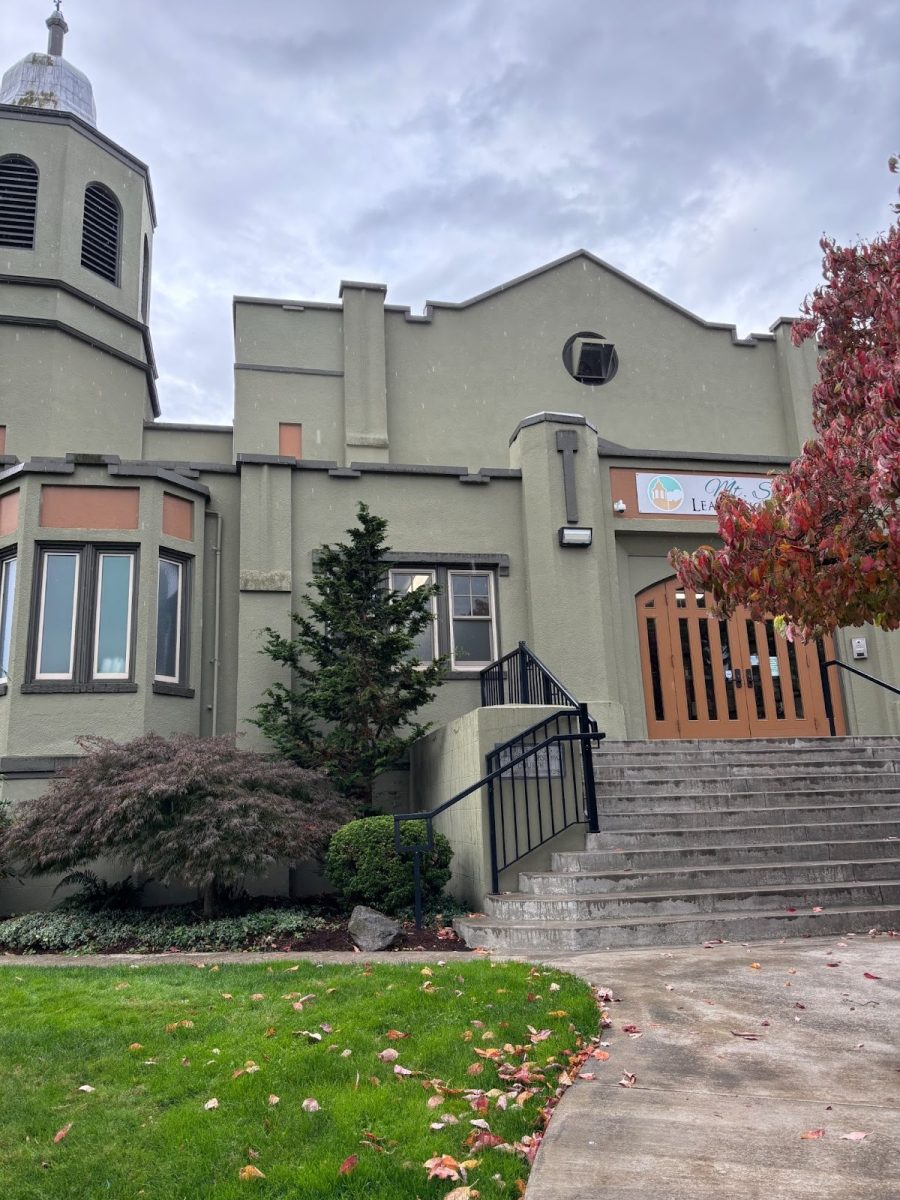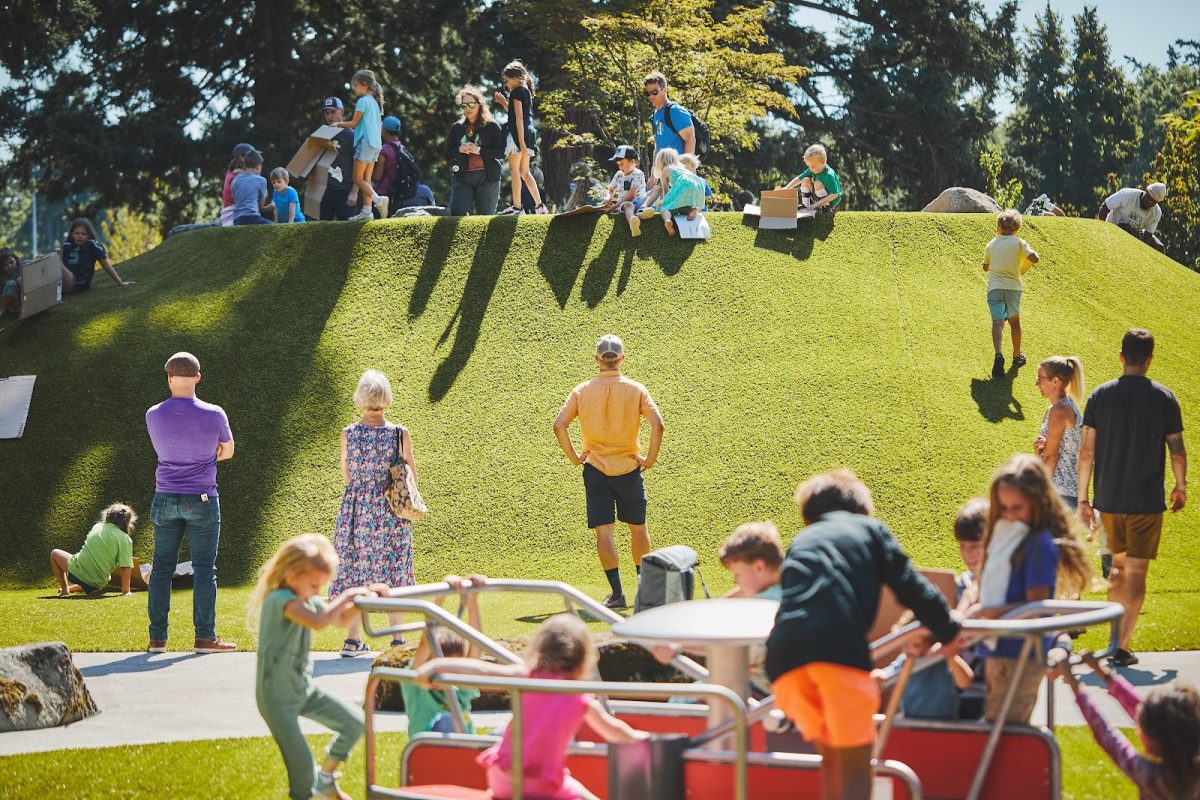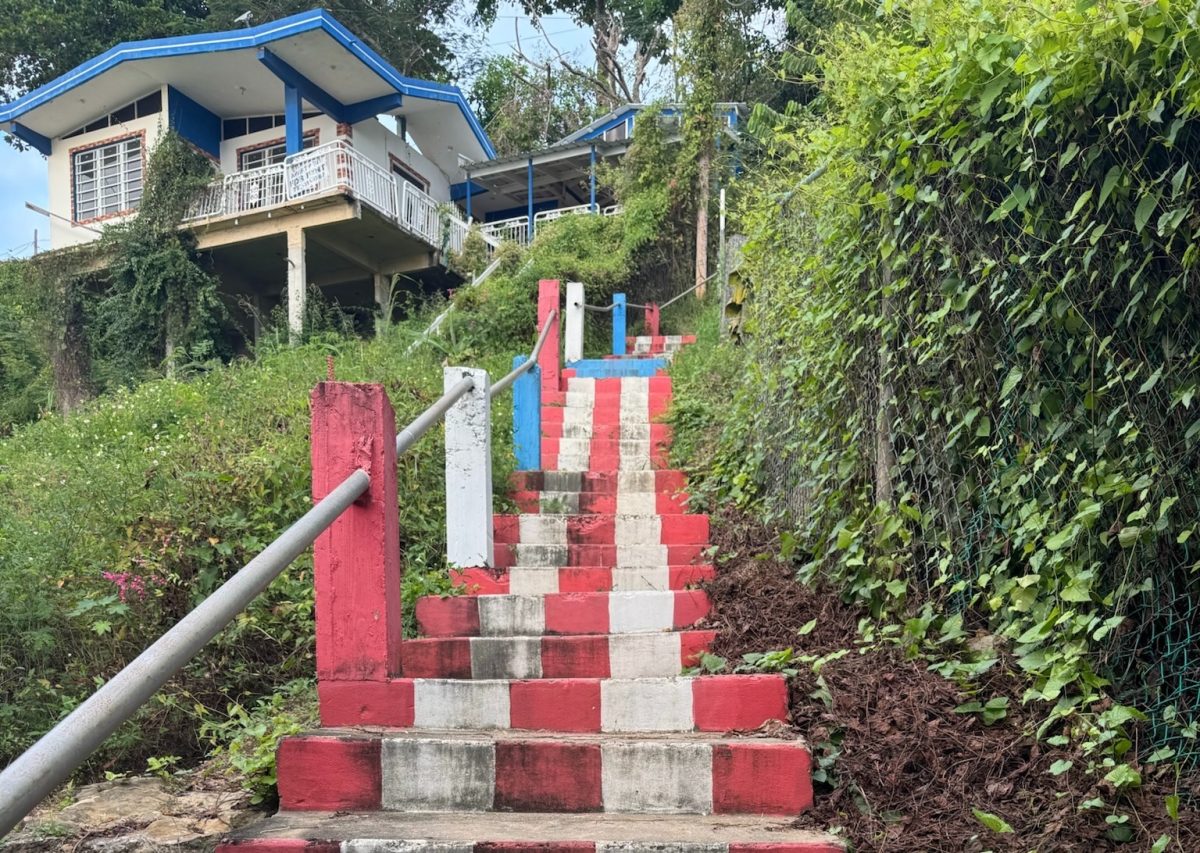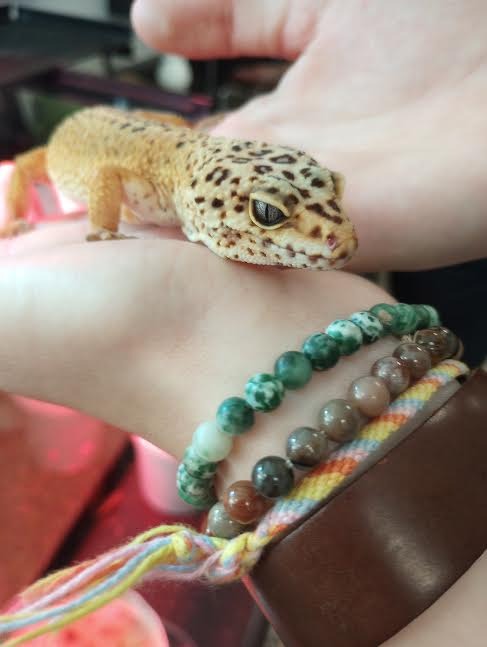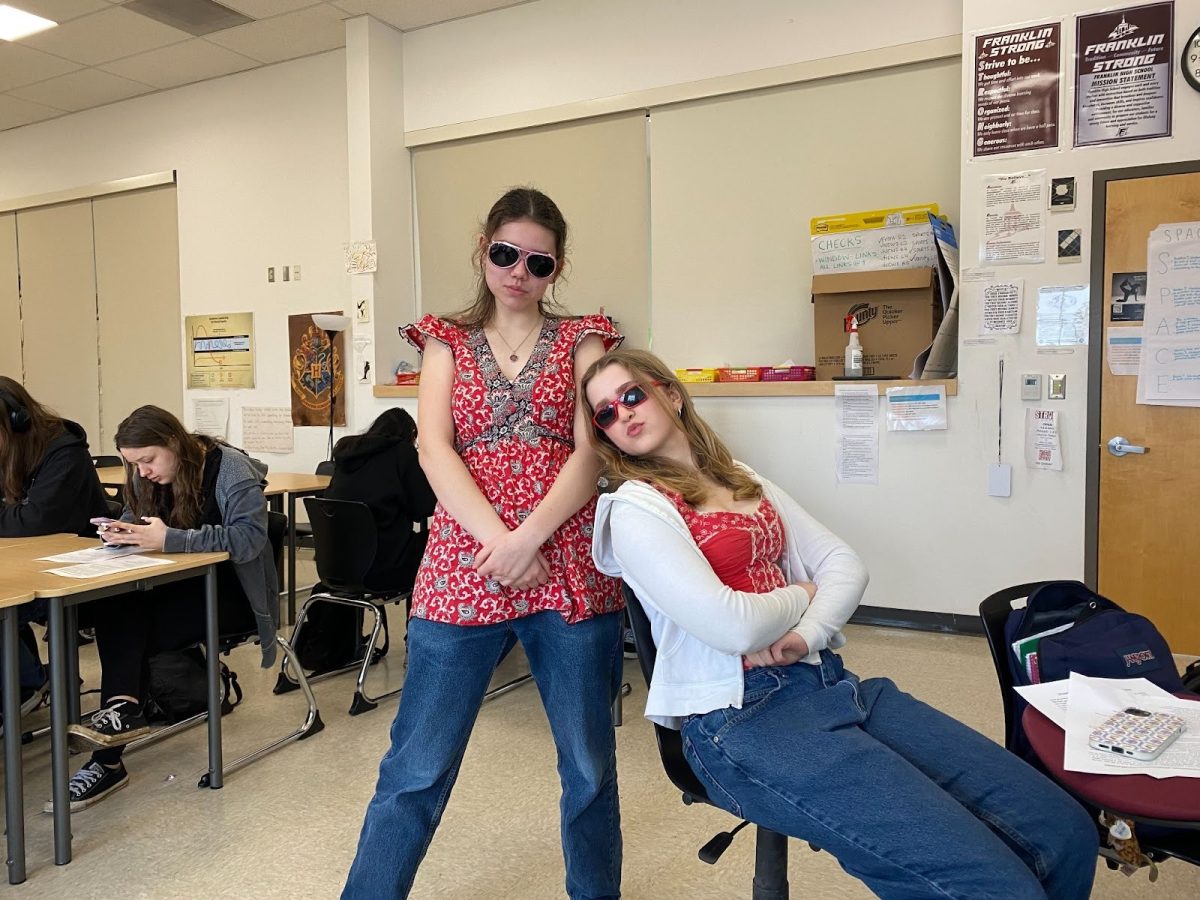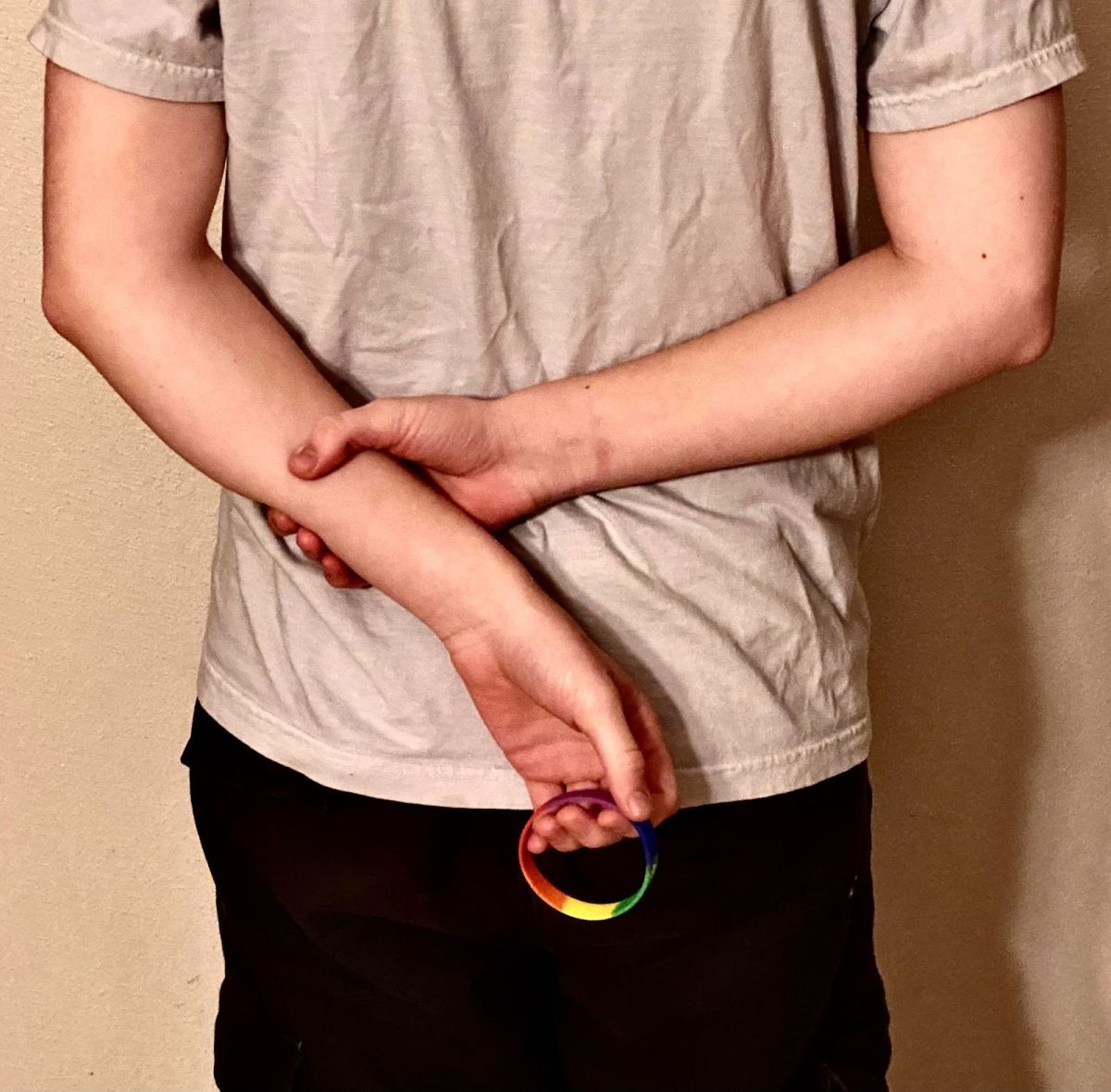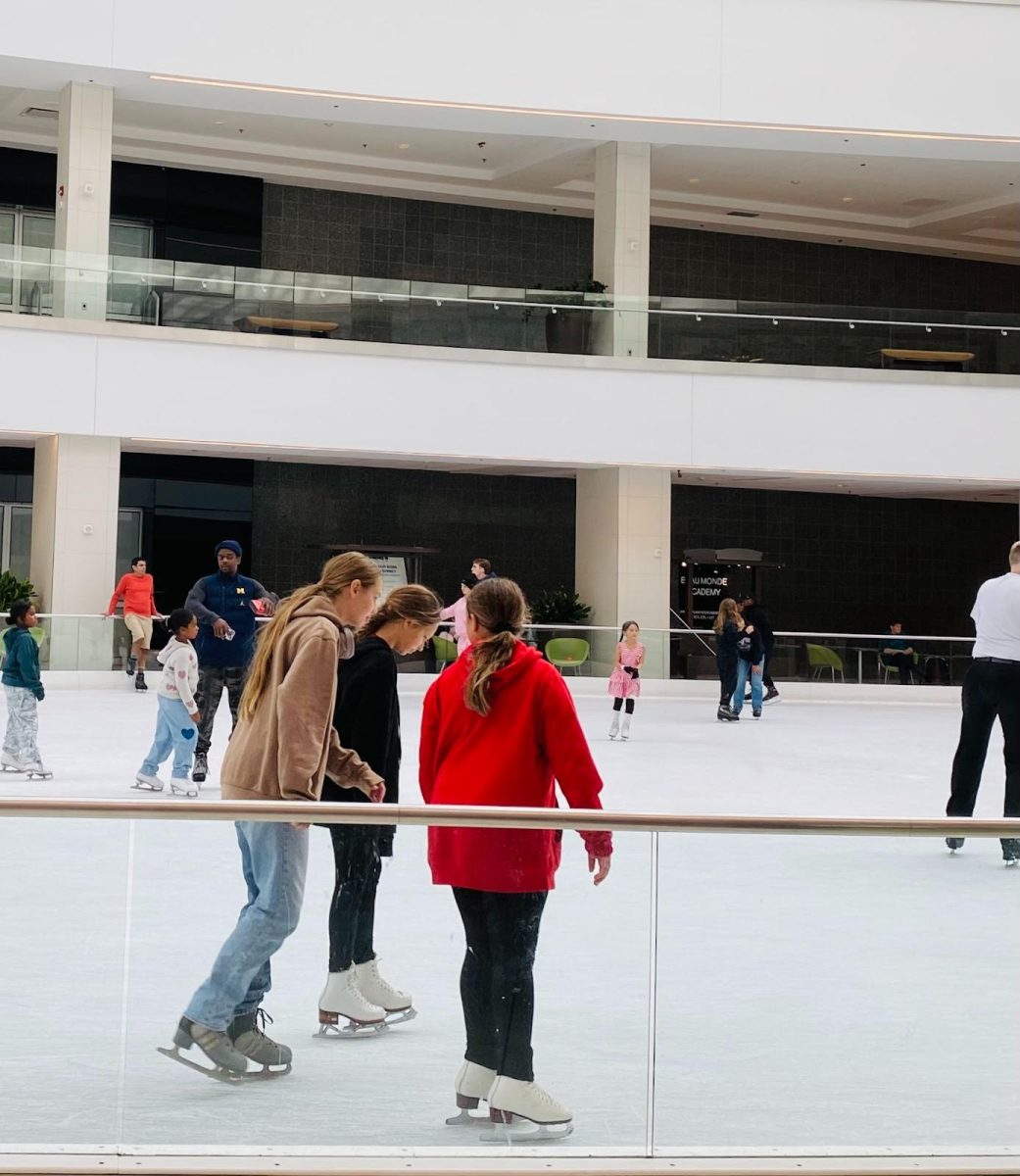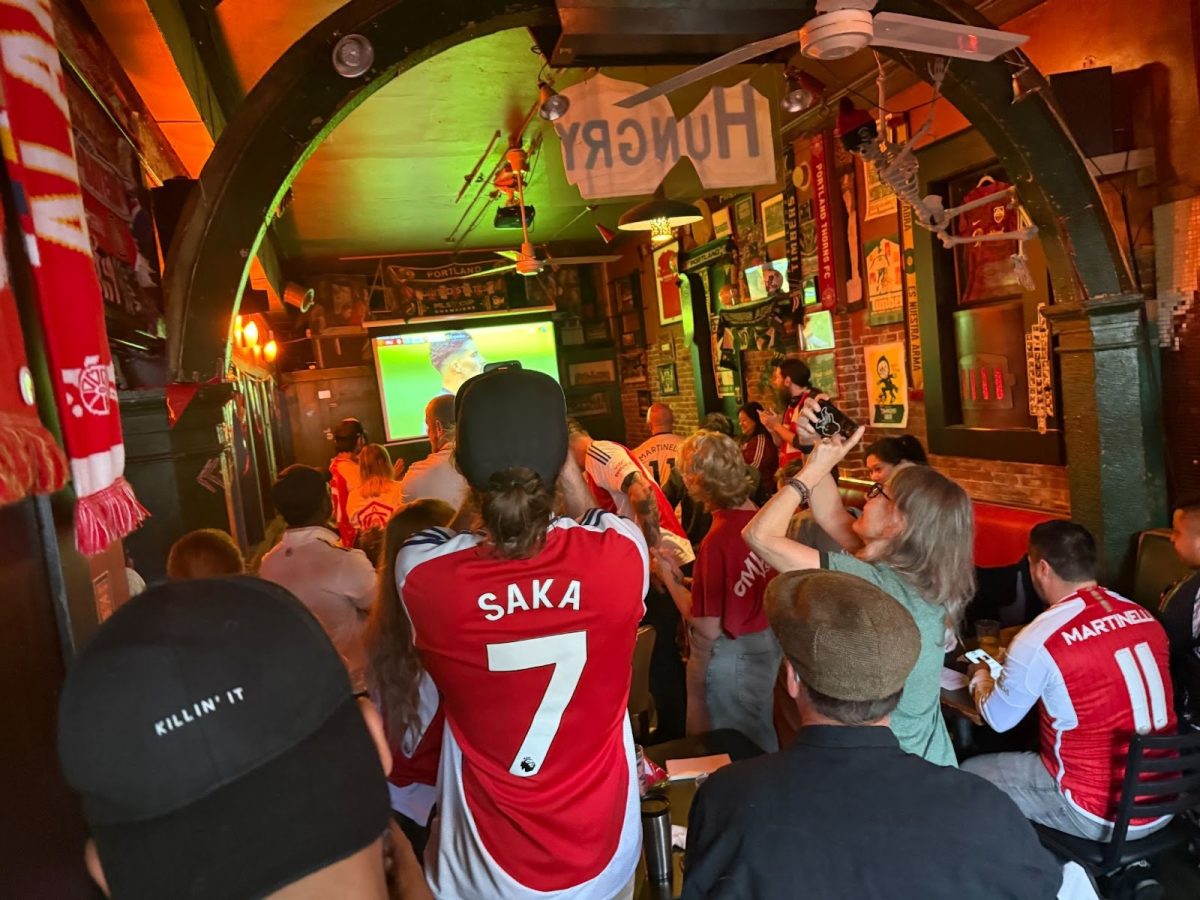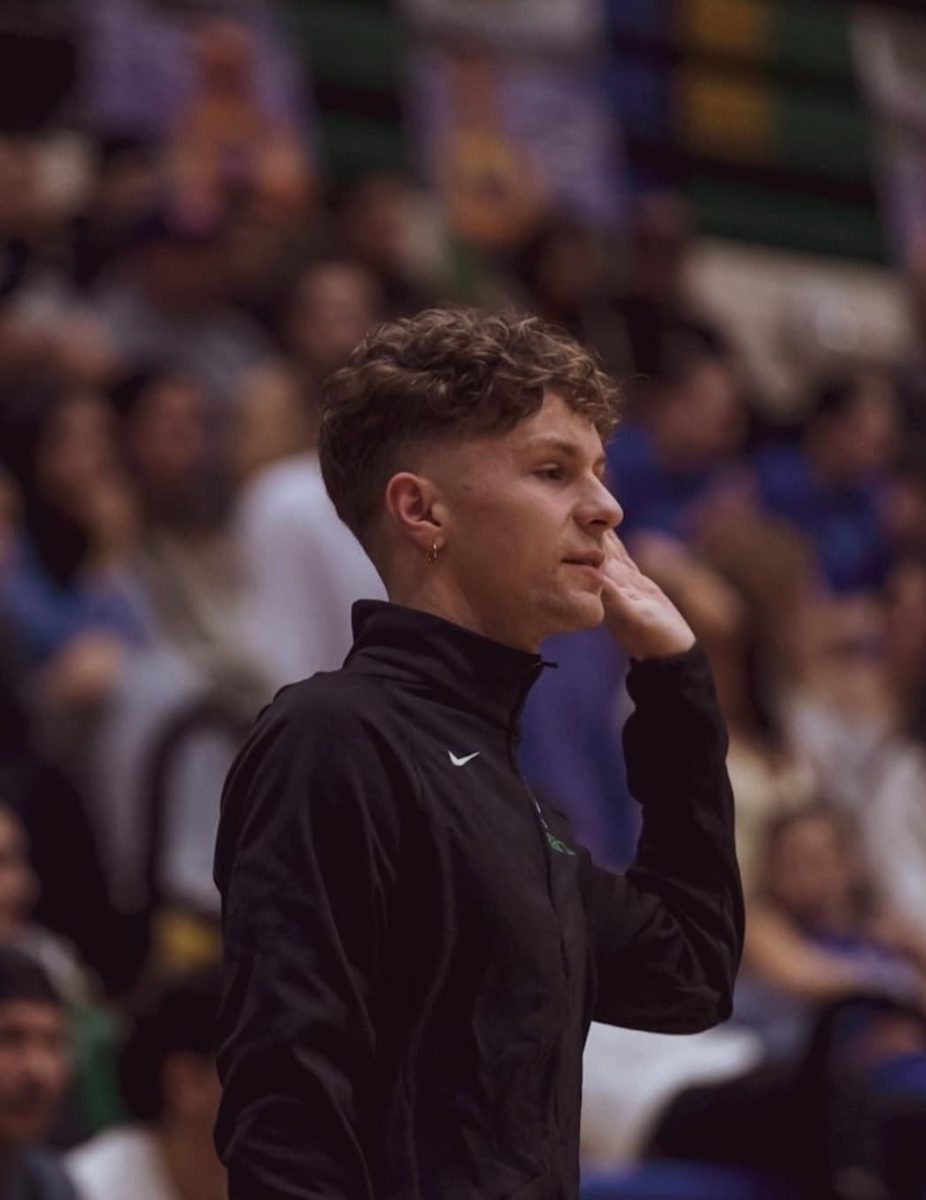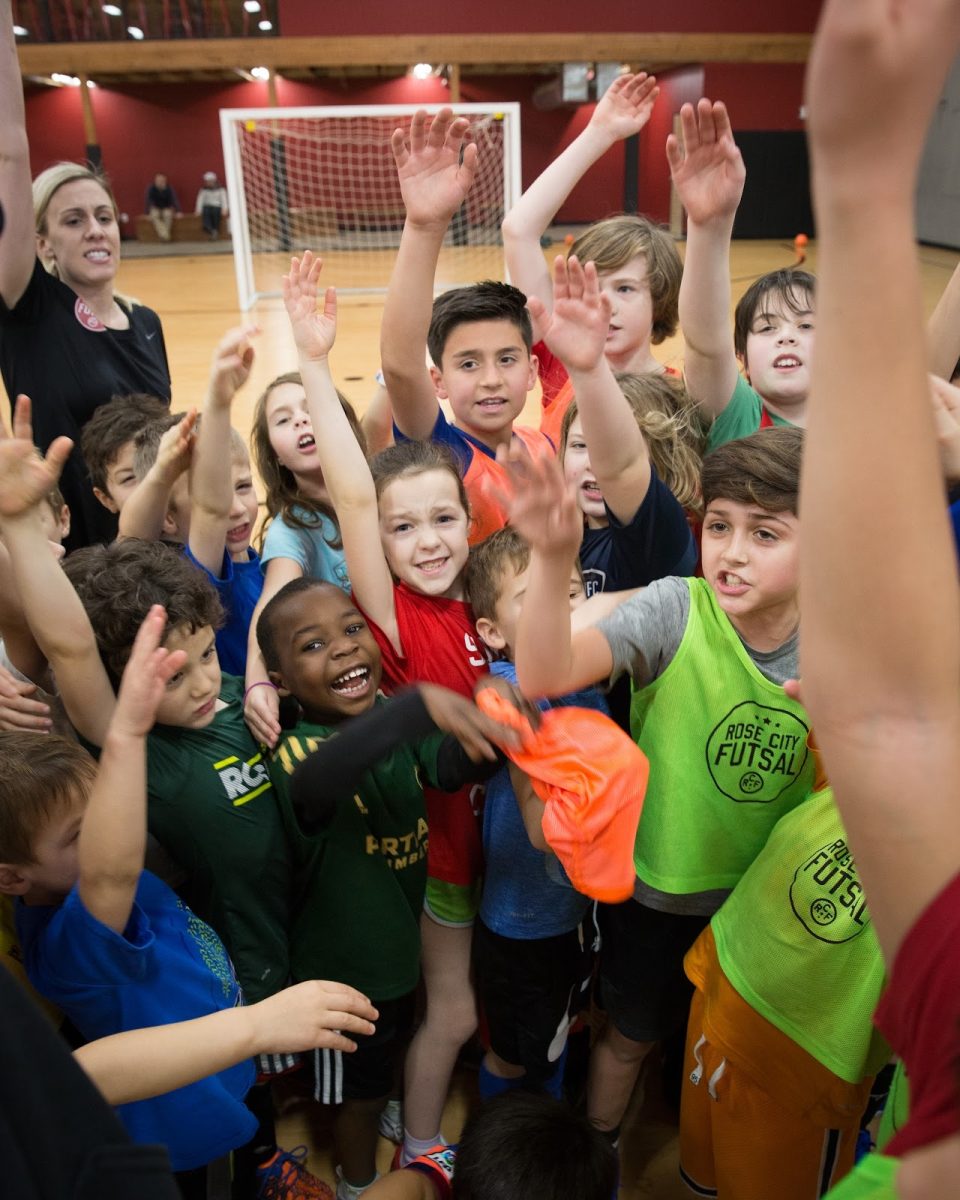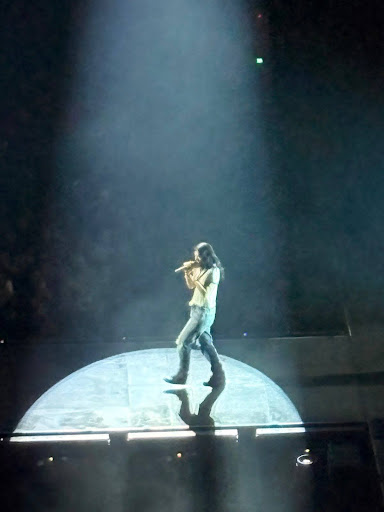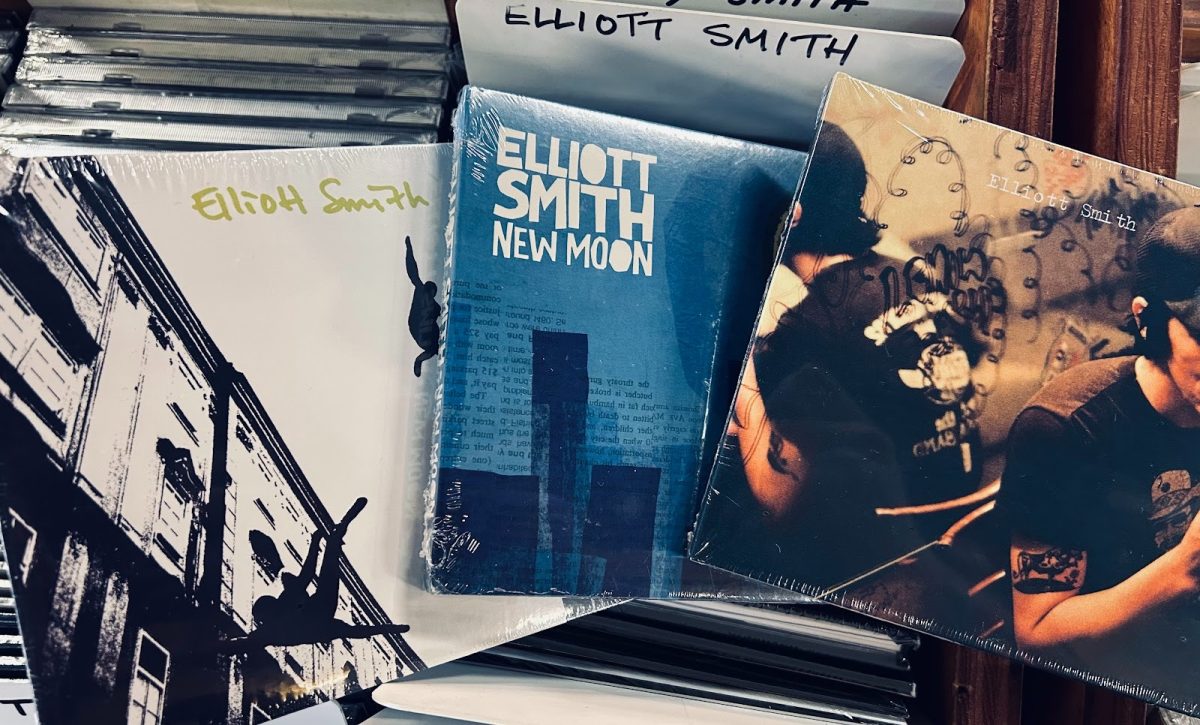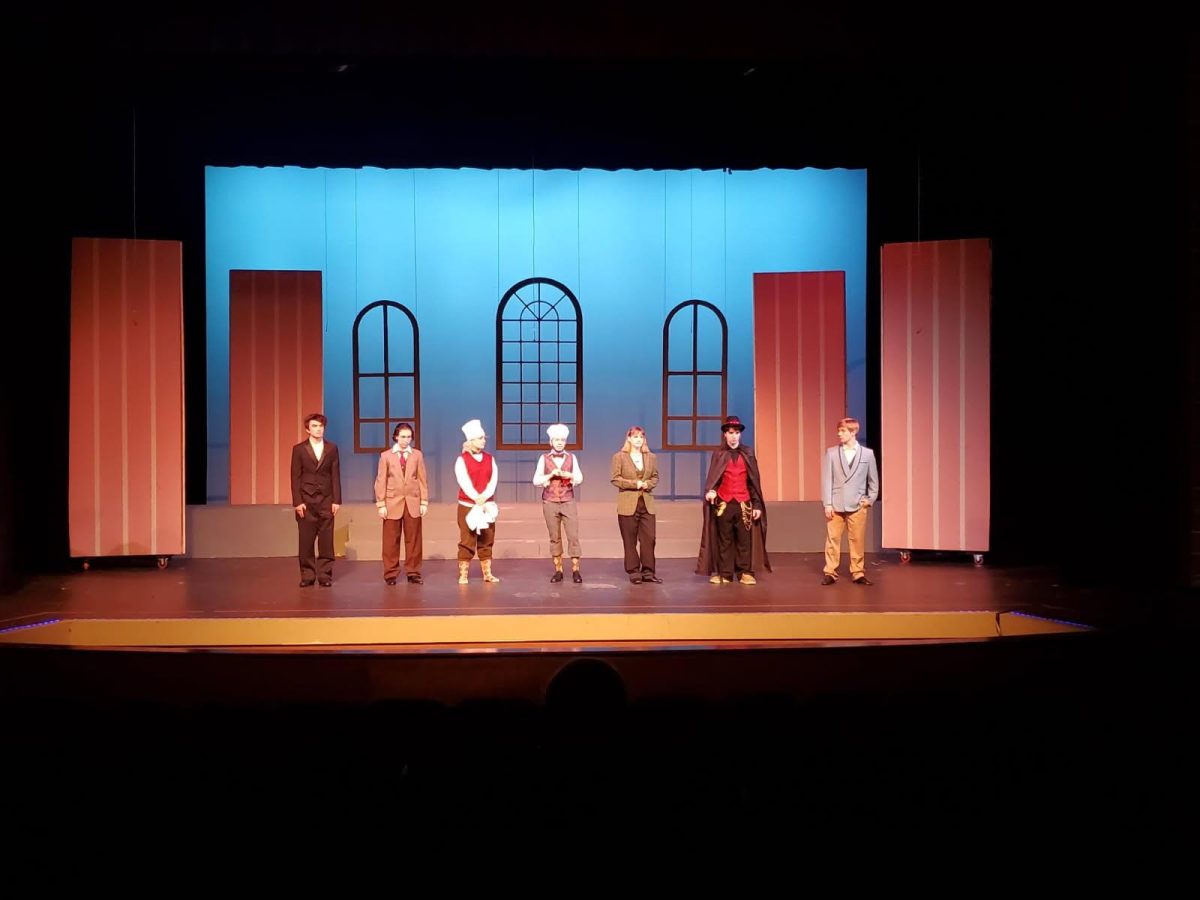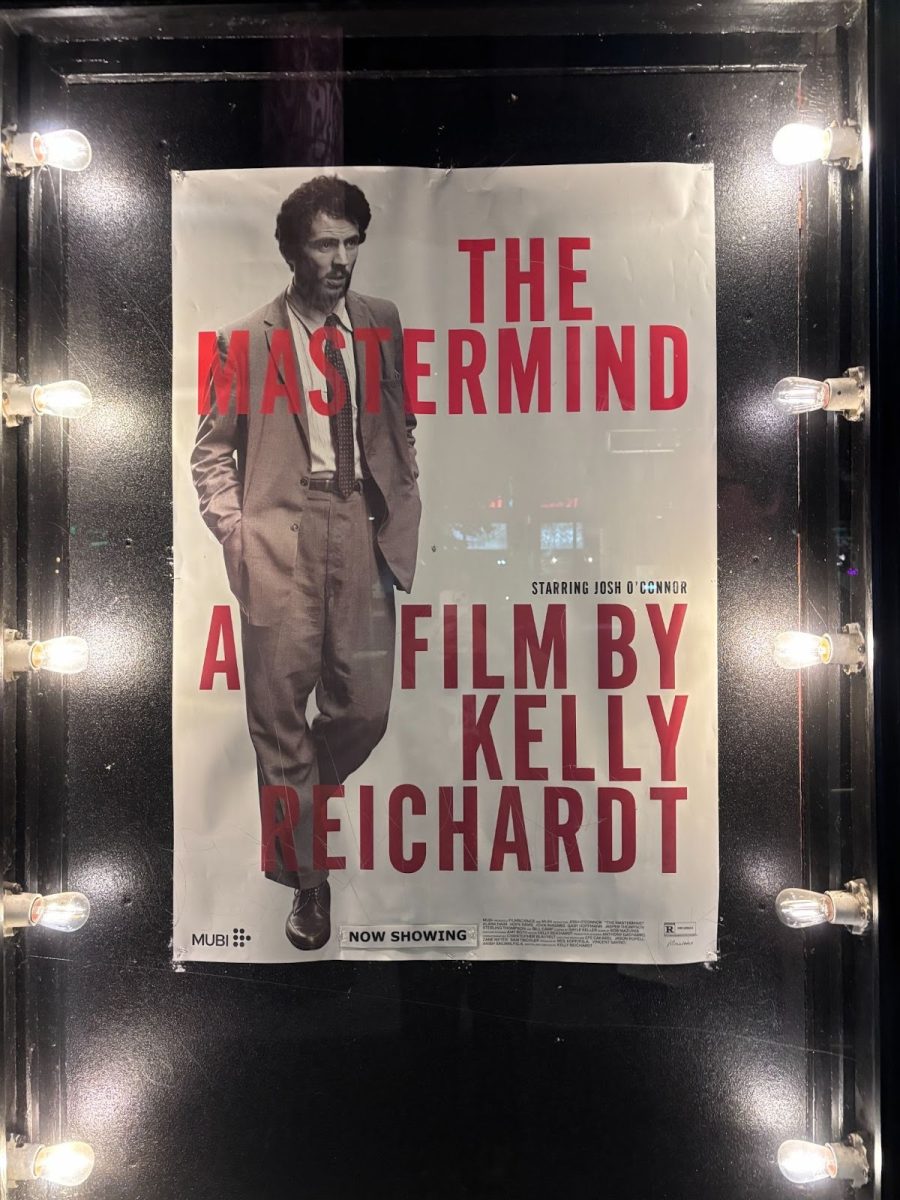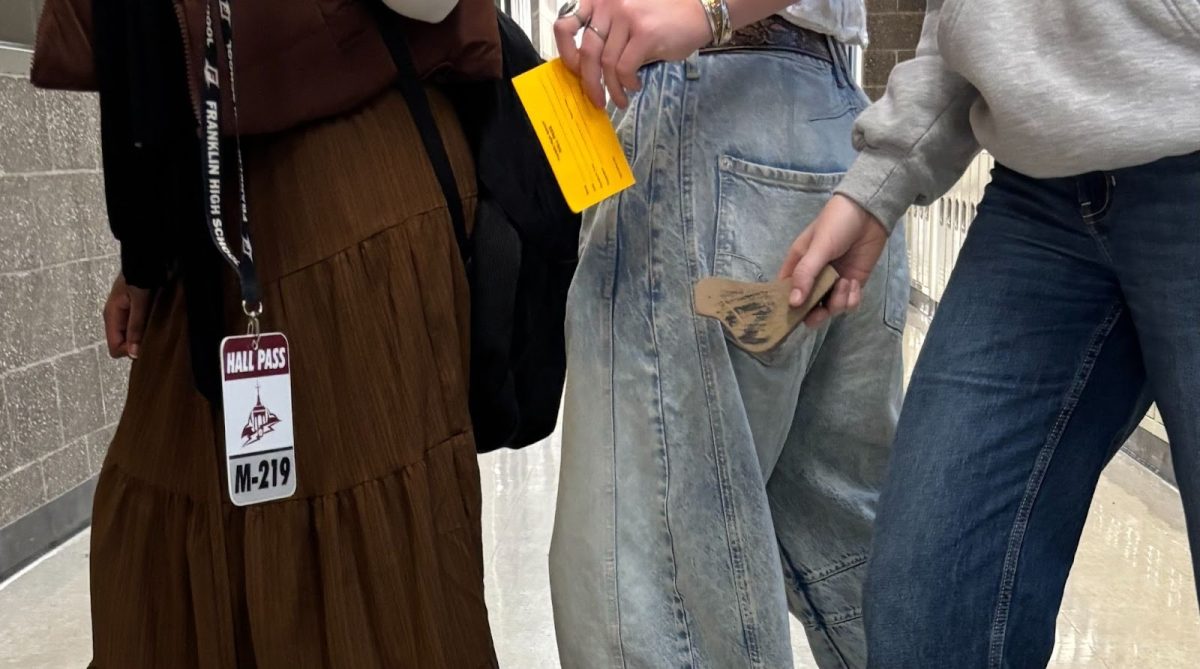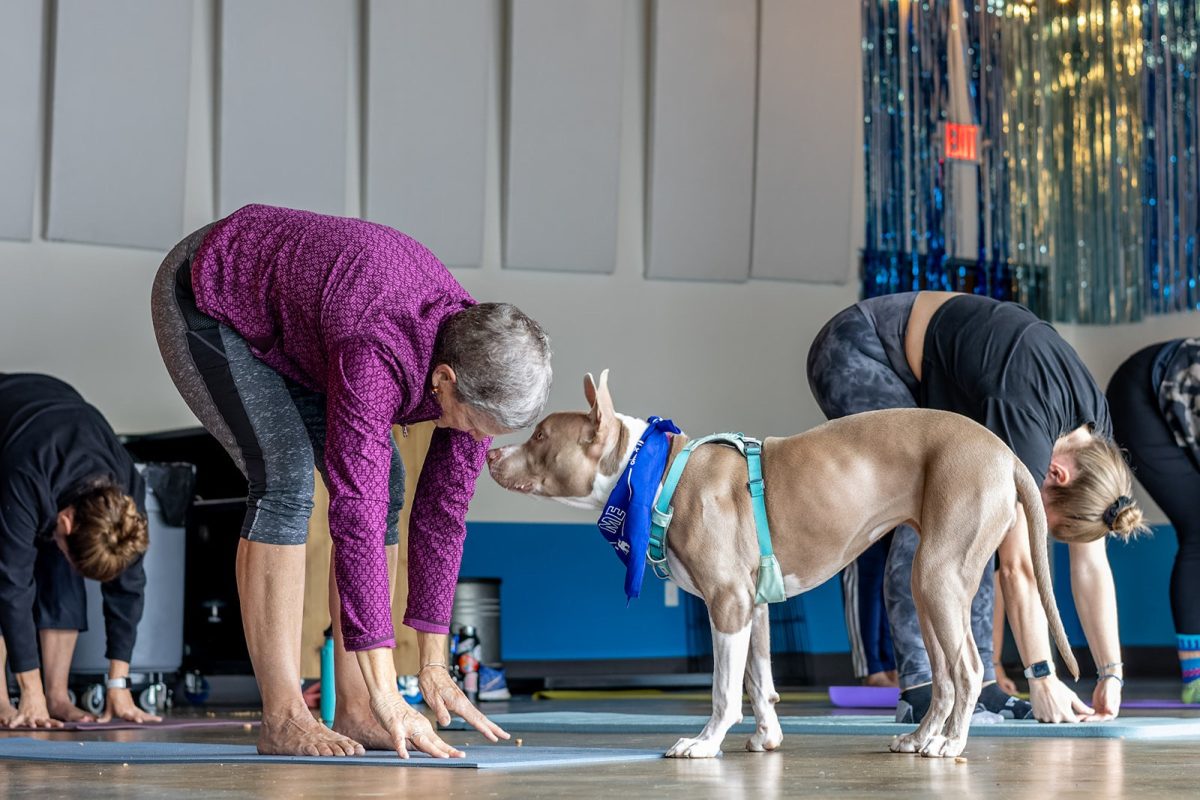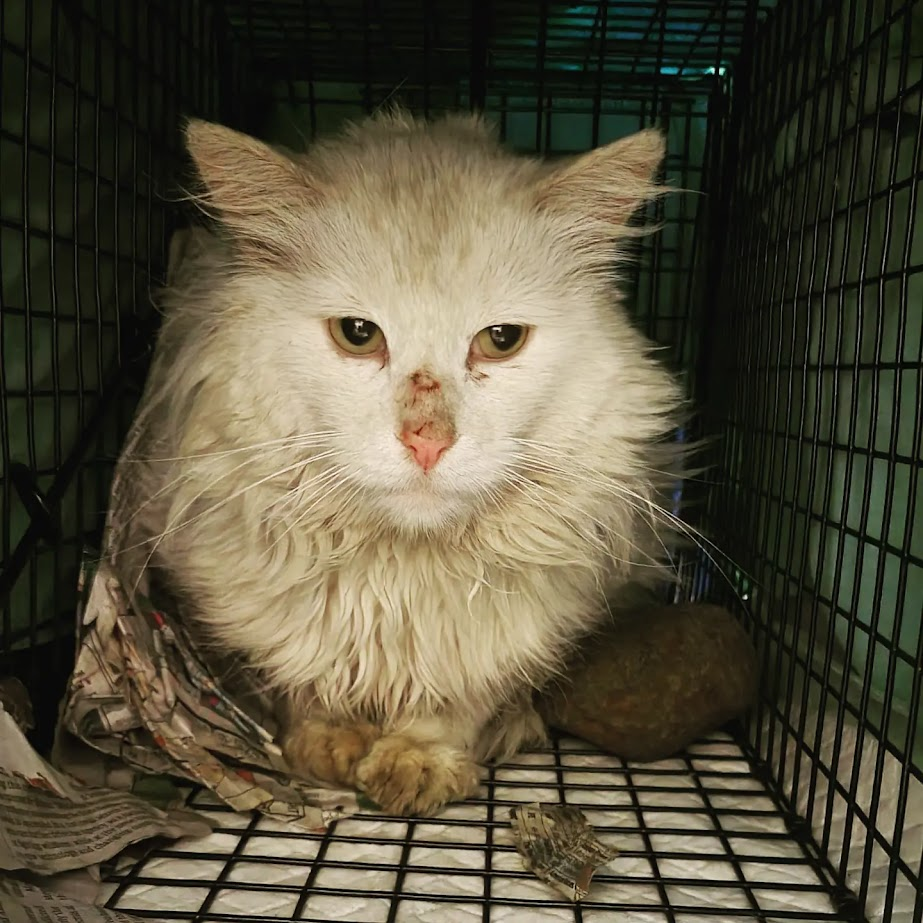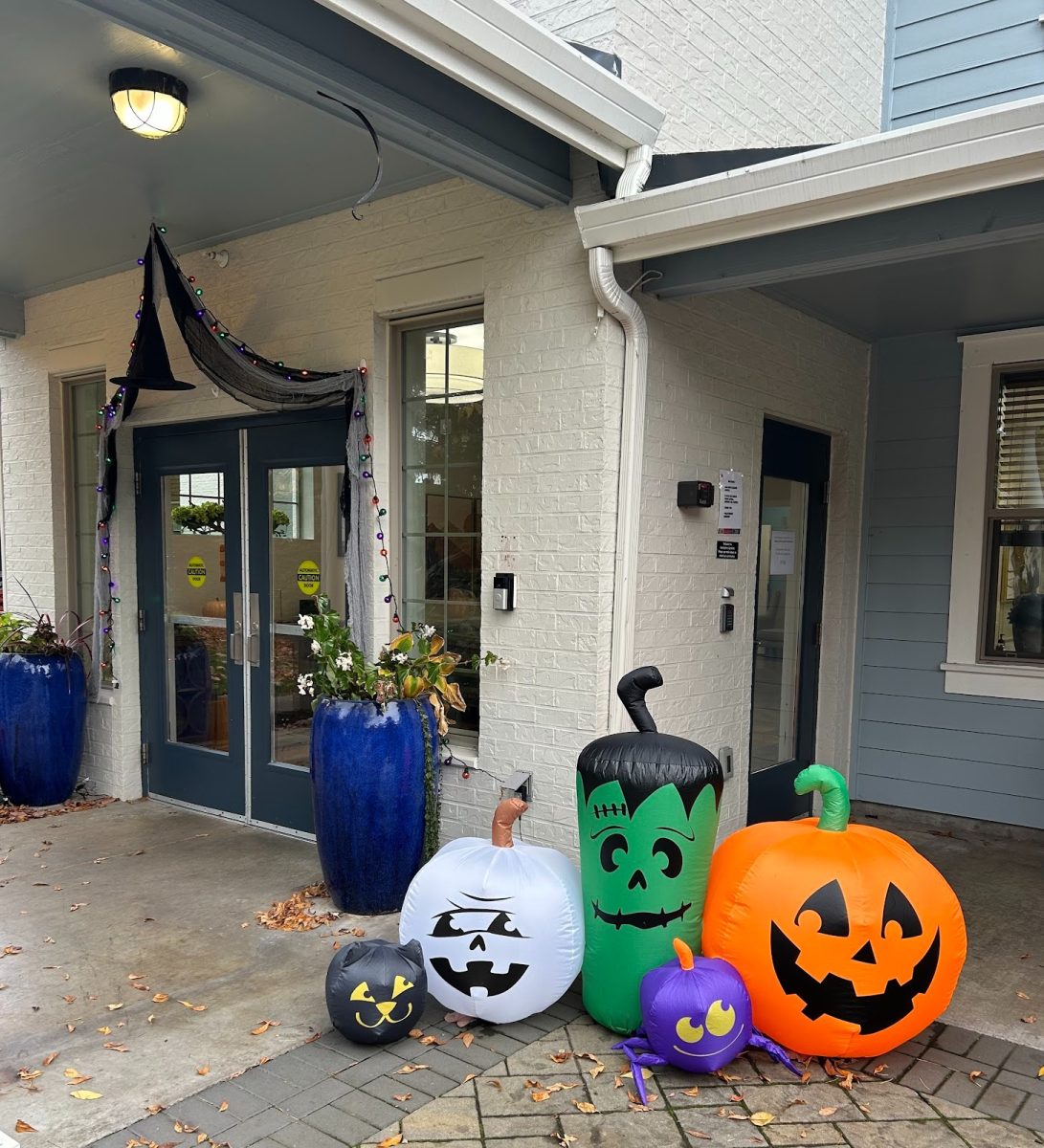When we were small children and didn’t agree with one of our peers, we could take a few different routes in expressing our frustration. Either we’d cry (oftentimes fake) tears, snot dripping down our faces, crying our hearts out in hopes of receiving validation from another peer: It’s ok, you’re right, he’s wrong. The same frustration that triggered the waterfall of tears could also trigger another reaction, the primal, instinctive reaction of violence. We’d hurl our toys across the playroom at the student who had wronged us, or at times, we’d even hurl words at each other. Words that stung and sometimes words that would cut deep, words that we would remember for years. I’m sure many of us have a core memory of something hurtful said to us in the classroom in our early years of education. Quickly after the tears started or after the first verbal insults were thrown, a teacher would usually step in to intervene. Sometimes these interventions would be successful, other times not so much, but the important thing was always the intervention.
That was in preschool. We’re in high school now, but not much has changed. Socratic seminars turn into battlefields. Small group discussions, boxing matches. All of the difficult discussions we have with our peers are incredibly important, as is the space in which they’re held. In order for these dialogues to be productive, teachers need to learn discussion facilitation and community building tactics that they work into their lesson plans, and teachers and students alike need to work on entering brave spaces more frequently.
Franklin social studies teacher Portia Hall has had her fair share of classroom discussions turned to brawls. “When people get passionate, you can easily drift into the deep end, especially when you’re talking about something where people feel personally attacked. I have definitely shut conversations down. We were having a debate about capitalism and whether poor people deserve to be poor. And then a kid threw a punch.” While this story takes many of us back to our preschool years of exaggerated physical force, when arguments broke out frequently, it does ring very true. Although usually physical harm is not a part of the classroom, a lesson gone wrong can certainly lead to emotional harm.
The truth is, there isn’t a solid line drawn for teachers around when to encourage discussions that are difficult (but productive), and when to shut down conversations that are difficult and/or traumatizing. Teachers have to decide what that line is for themselves and their classroom community and also implement their own practices to ensure the classroom environment is safe and constructive. “When we are going to be talking about things that people have a lot of passionate feelings about, I do a lot of prep before we get there because it can lead to trauma, as opposed to just being slightly uncomfortable,” says Hall. She is one of many teachers who implement classroom norms at the beginning of the year to discourage such behaviors. “I do something at the beginning of the year where I say: sexist, racist, homophobic and transphobic comments are not allowed.” This kind of prep-work is very important to ensure the classroom is a safe environment. It’s also important for teachers to hold off on implementing these types of lessons into their curriculum until the community is strong enough. “Before anything else, the classroom space needs to be a safe and supportive environment, to learn or to have discussions,” adds Brian Halberg, who teaches law and history classes at Franklin. “And that doesn’t mean you cannot discuss controversial issues; we [teachers] are allowed to do that. But that’s the first thing that has to happen, making a safe environment.”
In classes like history, law, and English, where “difficult” topics are frequently discussed, it is especially essential for a classroom community to have systems in place in order to have productive and non-harmful conversations. These systems require the teacher and the participants to be familiar with the practice of norms and discussion strategies. “Difficult topics” are somewhat hard to define, because different topics can be triggering for different people based on their identities and experiences. This also makes it difficult for one to define what a “safe” space is.
Tamara Lash, Equity & Inclusion Analyst at Multnomah County Department of County Assets challenges the idea of a “safe” space. In her discussion facilitation experience, she has used the term “brave space” to describe the space in which the participants of a discussion should push to be. This idea of “brave space” is inspired by the poem, “An Invitation to Brave Space” by Micky Scottbey Jones, which contains a line that reads: “Together we will create brave space/ Because there is no such thing as a “safe space”–/ We exist in the real world/ We all carry scars and we have all caused wounds.” The idea of “brave space” was created after pushback of what it looked like to create safe spaces. “People who held more dominant identities were engaging in social justice conversations and they were saying; ooh, I don’t want to have this conversation that’s no longer safe, I don’t feel safe anymore,” Lash explains. “So, what does it mean to protect whiteness and misogyny and heteronormativity in safe spaces? Versus what does it mean to have a place where you’re asking people to lean into that discomfort of having conversations where your identities or how you show up are going to be in question, but you recognize that there’s going to be some growth in that conversation overall.”
Lash is well versed in dialogue facilitation strategies. From her experiences at the Black Cultural Center and Women and Gender Center at Oregon State University, to working with small groups of students at schools, she has had lots of conversations and facilitated many discussions. “The best person to facilitate a dialogue is really attentive to the importance of community and relationships as you’re having these conversations,” Lash says. “And as you continue to have conversations, you’re continuing to build relationships, rapport, and trust, and then you can lean into sharing power with people that will in turn, create change.”
Teachers have some obligations when it comes to shutting down hateful speech, so it makes sense why oftentimes teachers lean into the idea of a “safe” space, because a student in their “brave” space may feel emotions that are uncomfortable or “unsafe,” and a teacher’s usual instinct could be to shut that down. “Students have many rights to say things, so long as those things aren’t disruptive to the school environment,” Halberg concludes. But what is disruption? Is it possible for teachers to allow students their First Amendment Rights, shut down “disruptive” and hateful language/behavior, AND have students enter their own brave spaces within classrooms?
Lash thinks it’s possible. “There are ways to be trained [in discussion facilitation], and I think teachers and everybody should be trained in dialogue facilitation because you’re always going to be having dialogues with your [family] and friends.” She also believes everyone in a space is responsible for the dialogue, not just the facilitator. “You can’t necessarily put all of that [responsibility] on the facilitator, but recognize that we’re trying to co-create a brave space as a community.” Teachers and school officials need to work together with their students in order to create these spaces so classrooms feel less like battlefields, and instead spaces of growth and collaboration. Many Franklin students have already been in discussions where they feel that they are in their personal “brave space,” and that the ideas that come out of those discussions are remarkable. However, Lash urges that this happen on a frequent basis in order to reach a space where positive change is made. “It’s not just going to be a one and done thing. In order for any sustainable change or growth or knowledge to happen, this has to be done on a continual basis. We have to continue to have conversations in order to see change happen.”


